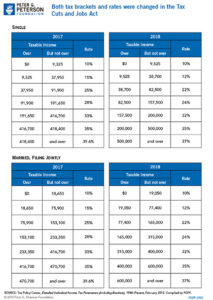
Questions or comments? Call or text me, Parker Evans, CFA, CFP at (727) 314-8181. Thanks for reading!
Now read my review of Calculators for Estimating and Modeling your Income Taxes.

Get an expertly tailored investment portfolio custom to your needs. Book a free consult to secure retirement income, reduce taxes, and safely grow wealth.

Get an expertly tailored investment portfolio custom to your needs. Book a free consult to secure retirement income, reduce taxes, and safely grow wealth.
Copyright© 2024 Successful Portfolios. Powered by PressGo Digital